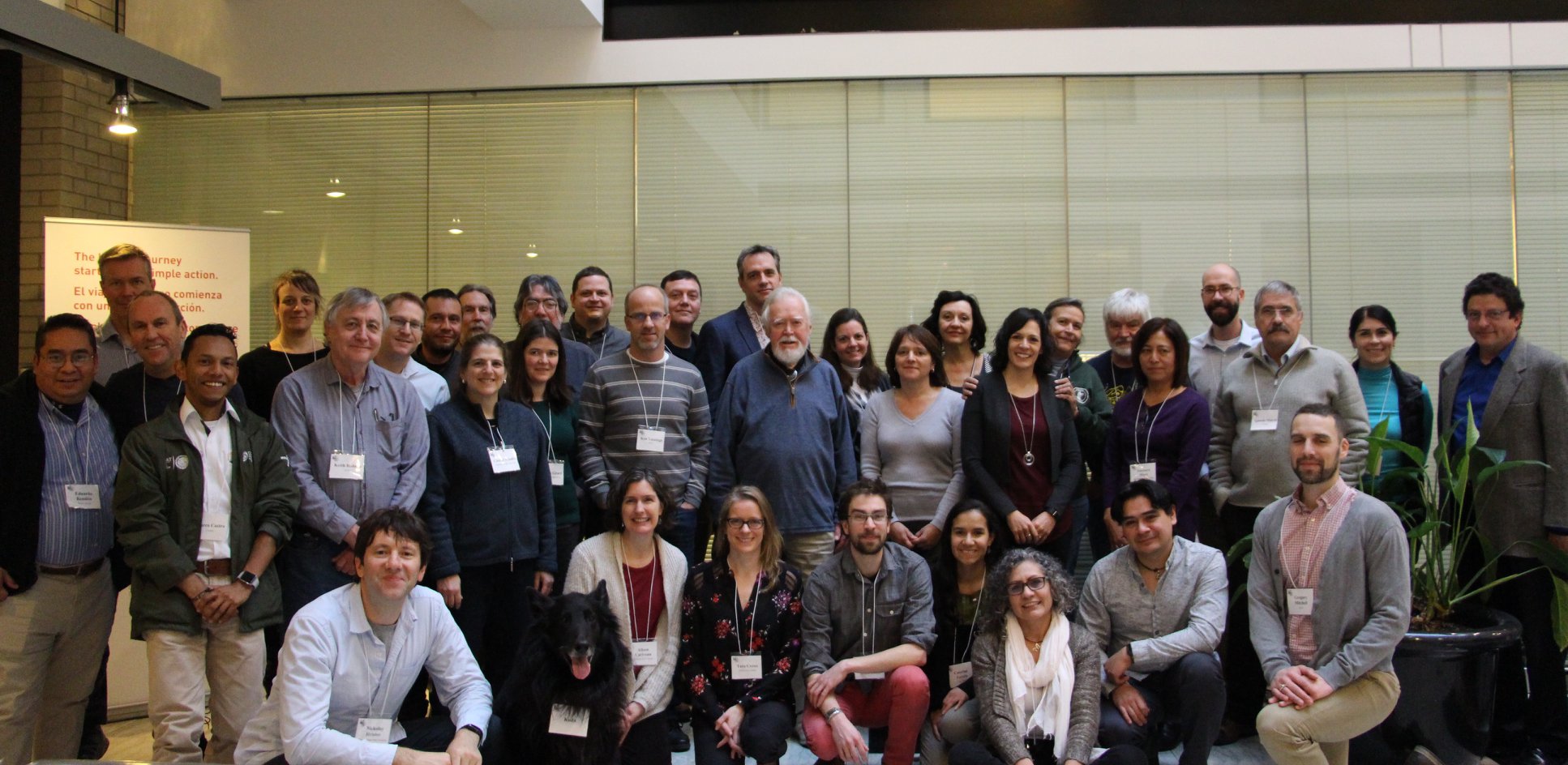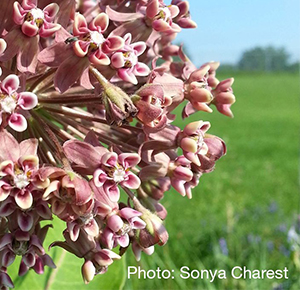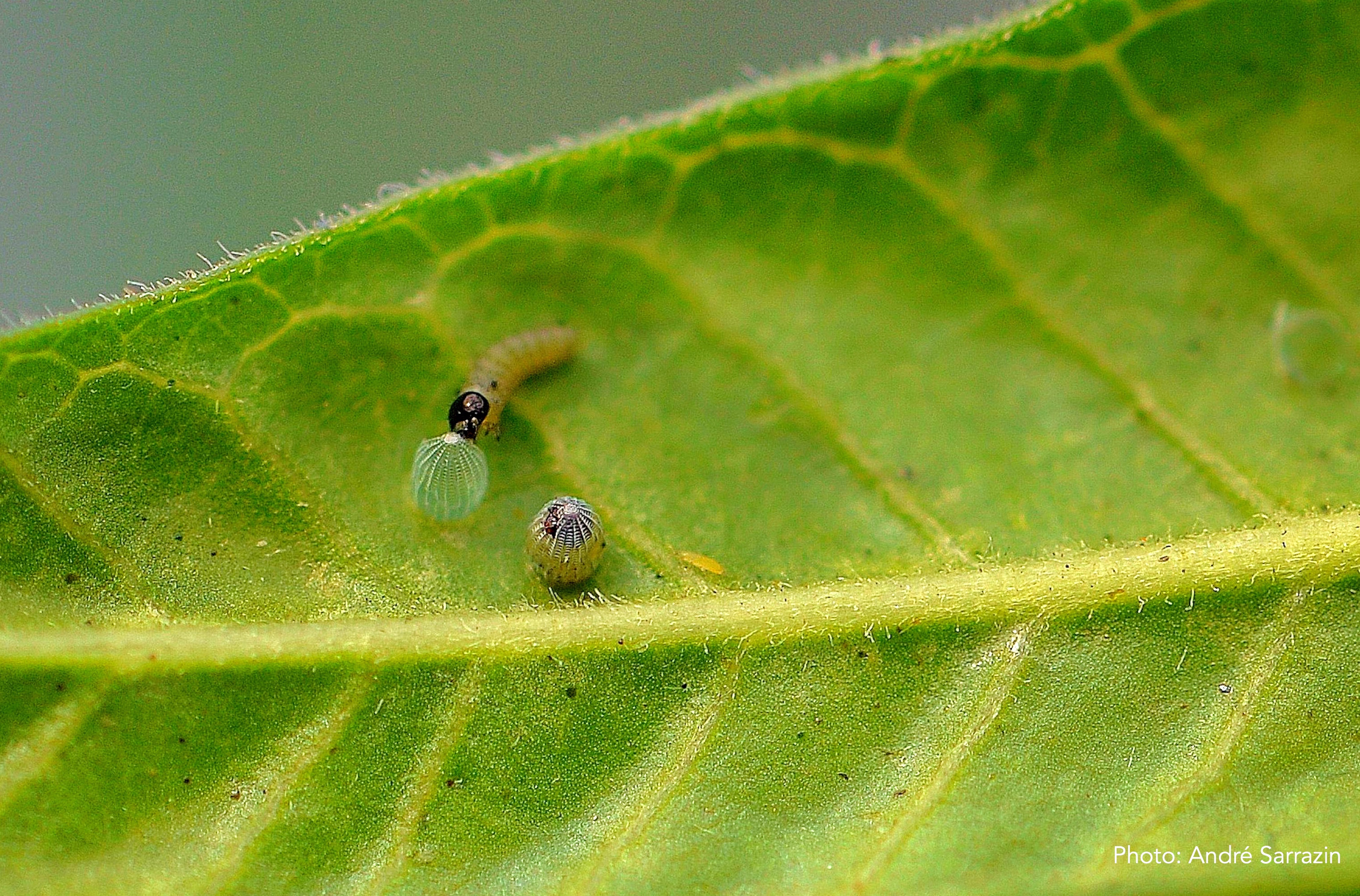
The Monarch Butterfly Research and Monitoring Workshop was held in Montreal from February 6 to 8. Monarch conservation experts from Canada, Mexico, and the United States met to review the state of knowledge and define subsequent research priorities. Here is a summary of this busy trinational meeting.
By André-Philippe Drapeau Picard
Mission Monarch coordinator
Save the monarch; sure, but how? To halt populations decline and preserve the migration phenomenon, we need to understand the challenges the monarch faces all along its migration corridor. Even if it’s one of the world’s most studied insects, several questions remain unanswered. Here are examples of questions tackled last week by the experts at the workshop hosted by the Commission for Environmental Cooperation.

Sharing the data
While Mission Monarch is the only monarch-dedicated citizen science project in Canada, the United-States and Mexico have many. Researchers from all three countries agreed on the importance of making their databases compatible and of putting together all information collected to date.
Document nectar resources
Monarch caterpillars feed exclusively on milkweed, but adults gather nectar from several flowering plants. Is nectar, the butterfly’s only energy source, available in sufficient amount during crucial steps of the insect’s life, such as egg laying and migration? Is the monarch competing with other insects for this sugar-rich liquid? To answer these questions, we first need to know which plants are visited by monarchs and, once identified, determine their distribution and abundance. Finally, we will have to predict, using statistical models, how blooming time and duration will evolve with climate change. With this information, it will be possible to identify the regions and periods where nectar could lack and manage habitats accordingly.

Know your origins
Where are monarchs born? To this day, tagging has been the most used method to address this question. Unfortunately, of all tagged butterflies, only a little more than 1% is recovered and thus, bring precious data on their origin. An alternative approach consists in the study of isotopic signature. Molecules that compose monarch wings come from the milkweed eaten by the caterpillar on breeding grounds. Some of these molecules bear a «signature»; in other words, they are specific from the place they come. This method is powerful in that it reveals the natal origin of any given monarch, not only those that were tagged. Knowing the butterfly’s breeding grounds is essential for the protection of the species.
Researchers have a lot on their plate! Until the next monarch conservation trinational workshop, planned next year, those questions and more besides will keep them busy. Meawhile, the Mission Monarch team is preparing for another summer rich in missions with you! Your observations will contribute directly in answering the questions tackled during the workshop.

8 comments